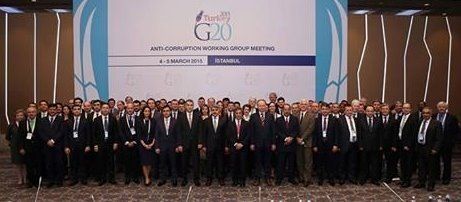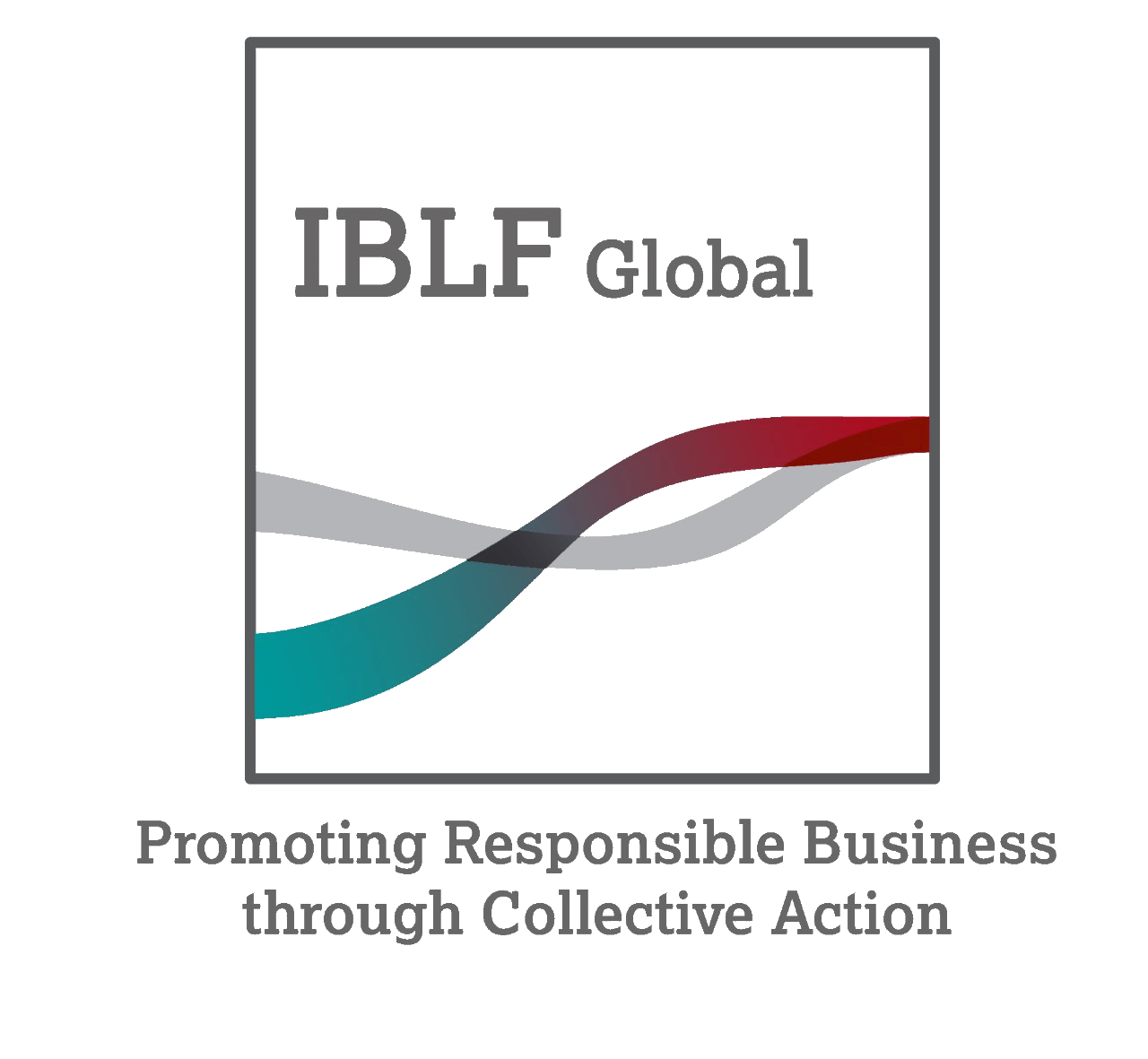Collective Action: A new Approach to Combat Corruption (Part One)
11 August 2015
There’s been a lot of talk about Collective Action, but what is it exactly and how can it be used to fight corruption? Above all how can companies get in on the act?
At IBLF Global, alongside other international NGOs, we’ve been promoting responsible business through collective action for a number of years. In this series of posts first published on the FCPA Blog, IBLF CEO Brook Horowitz sheds some light on this new approach to fighting corruption.
To start, let’s get it straight. Collective Action is not completely new. There have long been terms for this cross-over area, where business comes into contact with other sectors of society and together with government and civil society, contributes to social development. You’ll recognize some of them – cross-sector partnerships, public-private partnerships, multi-stakeholder initiatives. These are all familiar terms in the world of corporate social responsibility, sustainability and environment.
Collective Action is much the same. The World Bank defines collective action as “a collaborative and sustained process of cooperation amongst stakeholders.” What’s new is how it’s being applied to fighting corruption.
Underlying the concept is a simple assumption: you can’t go it alone. Even governments with strong dirigiste tendencies like France, or outright authoritarian systems like China, have understood that government cannot effectively impose how companies and individuals behave. Enforcement is of course critical, but incentives, guidance, education, “soft power” if you like, are critical to create an environment where employees, entrepreneurs, and individuals in society actually want to play by a new set of rules. People, companies and society have to be brought along voluntarily, not dragged and kicking.
And that’s where business comes in.
For the full text: http://bit.ly/1mBs6dQ


